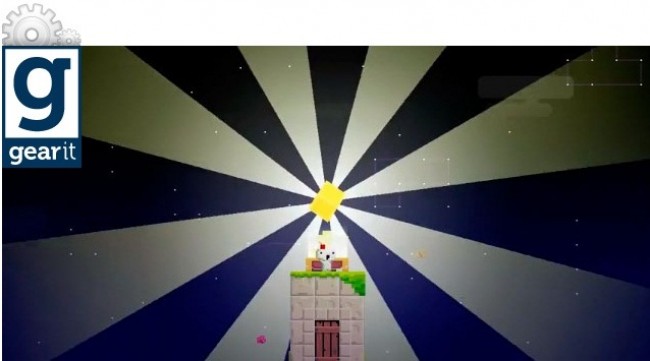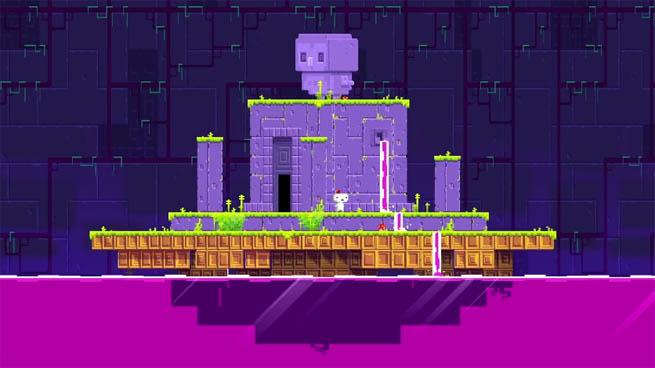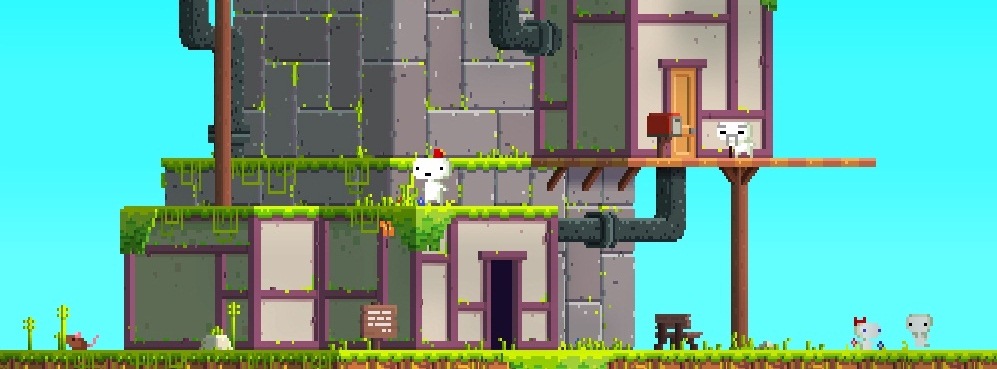Five years ago, launching a decent streaming platform took millions. Now? A teenager with a laptop can build something that reaches millions. That shift…
Fez: breaking the fourth wall [Review]

Fez is a dreamy platformer, the purest distillation of gaming I’ve played in years. Press start, and sink into a pillow of 16-bit gaming nirvana from the word go.
It’s not hard to quantify Fez. For roughly US$10, Fez delivers a 2D platformer which exists in a 3D world. Click the left or right triggers and Fez spins the world on a vertical axis, revelling each side of the chunky cube you get to play in.
“Play” is a word that videogame developers have all but forgotten. We run, shoot, jump, gain achievements and breeze through modern games without experiencing the substance of titles decades past. Think Super Mario Brothers 3 from the 90s and you’re not far off.
Pure exploration is the heart and soul of Fez. There are no enemies to avoid or kill, no obstacles to torment you, just puzzles and a string of Zen-like environments aching to be explored.
Your one goal is to collect cube bits squirreled away in the three-dimensional recesses of every level. It’s a game of tiny beauties, piled up in dazzling displays of simplicity. Each stage is 2D, but every inch can be explored one side at a time. Your mission is simple: collect 32 cubes made up of 8 cuboids each. For every cube, there is an anti-cube to collect and four artifacts as well. These are buried so deep within Fez that when you find them, the gaming muscle deep inside your heart will beam with pride.
I won’t spoil the plot. Suffice to say, there is very little to Fez’s story outside of how it’s explained to you in-game. “Collect shiny cubes” is your driving motivation and little else is needed. The world around you paints the story. And what a world it is. The 16-bit graphics are ideally suited for the living forests, monochrome sewers, harrowing graveyards and Mediterranean-like villages which populate Fez. No ice/lava/space levels to muck about with, Polytron knows its stuff and outs the clichés.
My true goal was to explore every stage to its fullest. The tiny team at Polytron knew what they were doing when they created Fez and every stage is filled with the tiniest incremental details. Caterpillars crawl lazily across the forest floor. Platforms appear with a crack of thunder. Turtles and butterflies play on the shores of pixelated oceans as light dapples on the candy-coated surfaces.
Fez controls are pin-sharp. There’s damn little to play around with and outside of the world rotating mechanic, little Fez controls are extremely pedestrian. You can walk, jump, grab ledges, enter doors, pickup items… and that’s about it. Your character never evolves, the world simply becomes harder to navigate, the puzzles become trickier and you’re forced to adapt.
And then there’s the music. Disasterpiece made the most “video-game” music soundtrack of all time. The music swells, trickles down your spine and impishly squeezes pure bliss out of its chords. Cleverly, the music fades out slightly when you vanish behind a wall, as if it’s hidden behind the artificially imposed boundaries within Fez’s 3D world.
There are roughly 12 songs which can be streamed off the Disasterpiece website. I recommend giving them a listen. Upbeat, sombre, spacey, delightful, it’s a living, breathing musical love-letter to us all.
So Fez is a winner. It’s very much the indie game the press has labelled it as, but not the perfect distillation of gaming we’ve come to expect. Minor bugs and slowdown scratch at the sheen of charm painted on Fez’s world and a 3-4 hour game (double that for replay) goes by too quick for the expert gamer. Despite this, I love Fez. It’s everything a game should be, without the formulaic nonsense we’ve had to endure for so long. Also, the tiny hat is awesome.
Fez is available on Xbox Live for 800 MSP (roughly US$10) and is a 275Mb download.




